Are there any varieties of Arabica coffee that taste good? are they bitter? Why Arabica beans are so popular in the market?
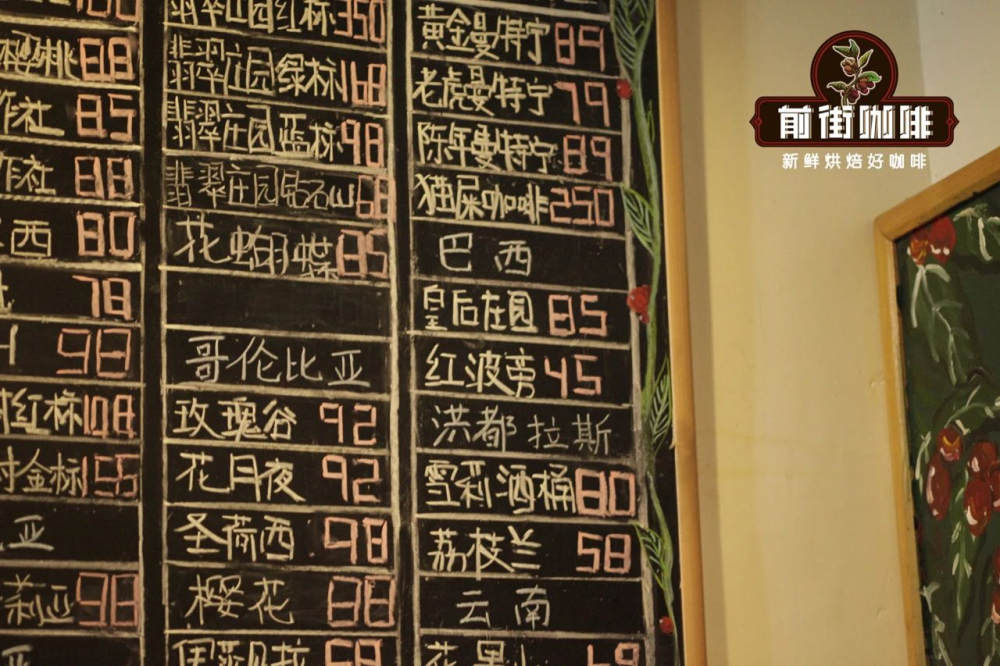
The coffee we know can be roughly divided into two categories, Arabica and Robusta. Arabica varieties represent high-quality coffee with pure flavor and aroma and are widely grown all over the world. Down the front street, let's sort out the common varieties of Arabica.
Two native varieties of Arabica
When looking through the spread history of coffee in the current street, it is mainly summed up the respective transmission routes of the two ancient native species, Ironka and Bourbon. Many other Arabica species are derived from them.
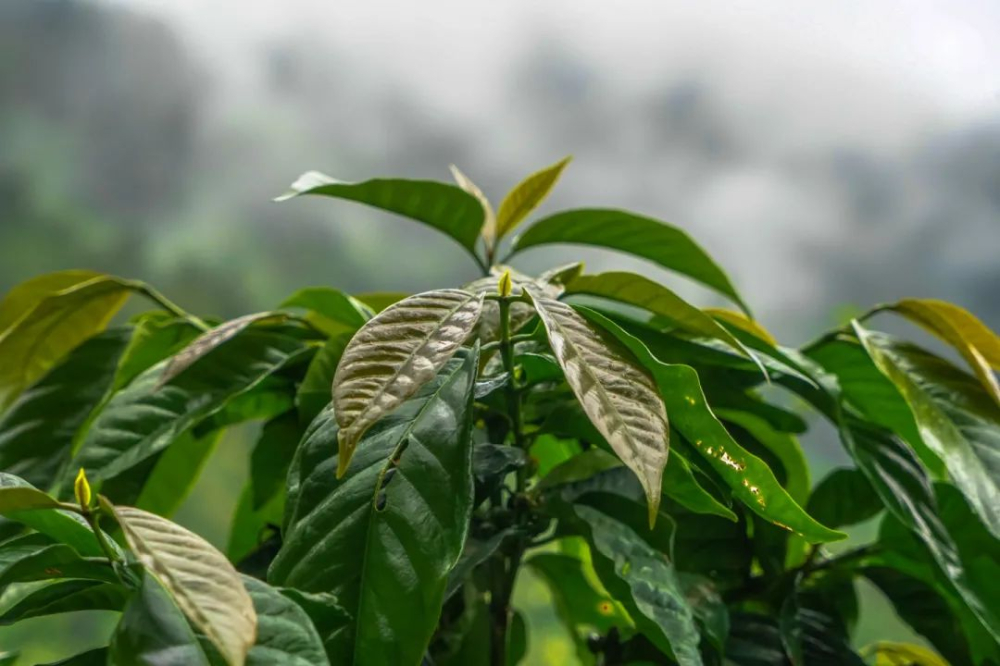
Iron pickup Typica
Iron pickup, which originated in Ethiopia, was introduced to Arabian Peninsula for medicinal treatment in the 9th and 10th century, and has been introduced to India, Europe, Southeast Asia and Central America to take root.
The tree shape of the iron pickup is taller, and the young leaves at the top will show a red copper color, also known as the red top coffee. The coffee beans are oval and thin in shape. The most commendable thing about iron pickup is that it can show elegant and pure flavor, rich acidity and flower and fruit aroma when planted at high altitude. For example, Yunnan small-grain coffee in China is famous for its strong flavor of iron pickup.
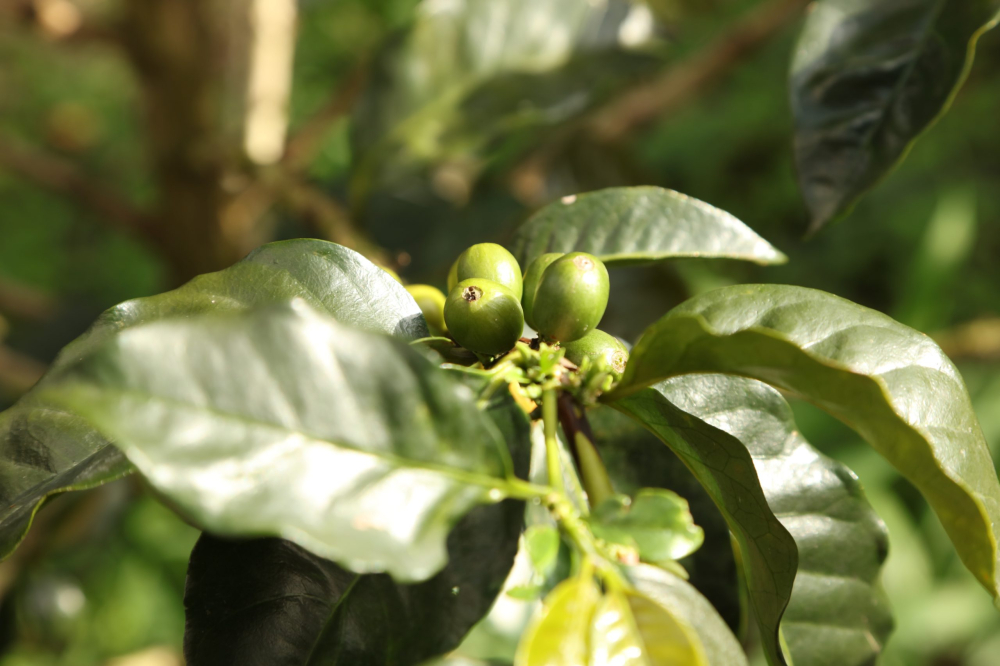
However, the resistance of iron pickup is poor, it is easy to be infected with leaf rust and coffee berry disease, and it also needs shade, so farmers need to devote more energy to conservation. In addition, the number of fruits produced by a single plant of Ironpika is less than that of other varieties, which can not bring considerable benefits to growers, so most producing areas also switch to other high-yielding varieties.
The Jamaican Blue Mountain No. 1 coffee beans on the front street bean list and the Yunnan coffee beans grown in Qianjie (Qianjie 2013) are tin cards. Blue Mountain Iron pickup has a strong nutty, chocolate aroma, mellow taste, sweet and sour balance.
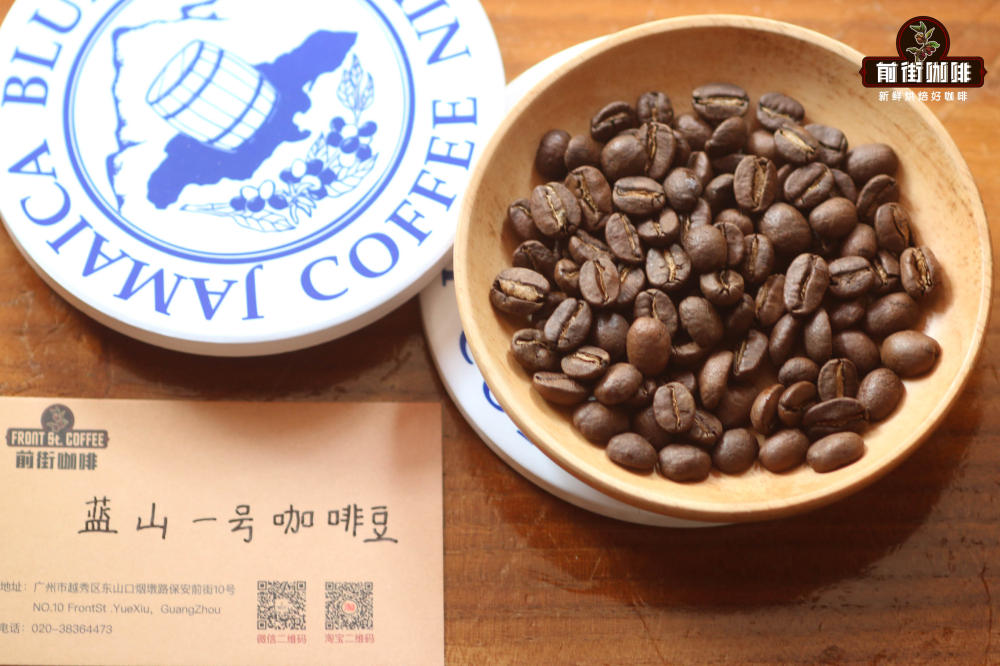
Bourbon Bourbon
Bourbon, a variant of the early Yemeni iron pickup, was introduced by the French from Yemen in the 18th century to take root on the island of Bourbon (Reunion) on the east coast of Africa. It took a long time for the bourbon variety to be introduced to Brazil in 1860 and spread to various countries in Central and South America. Bourbon is also a winner in many coffee competitions in Central America.
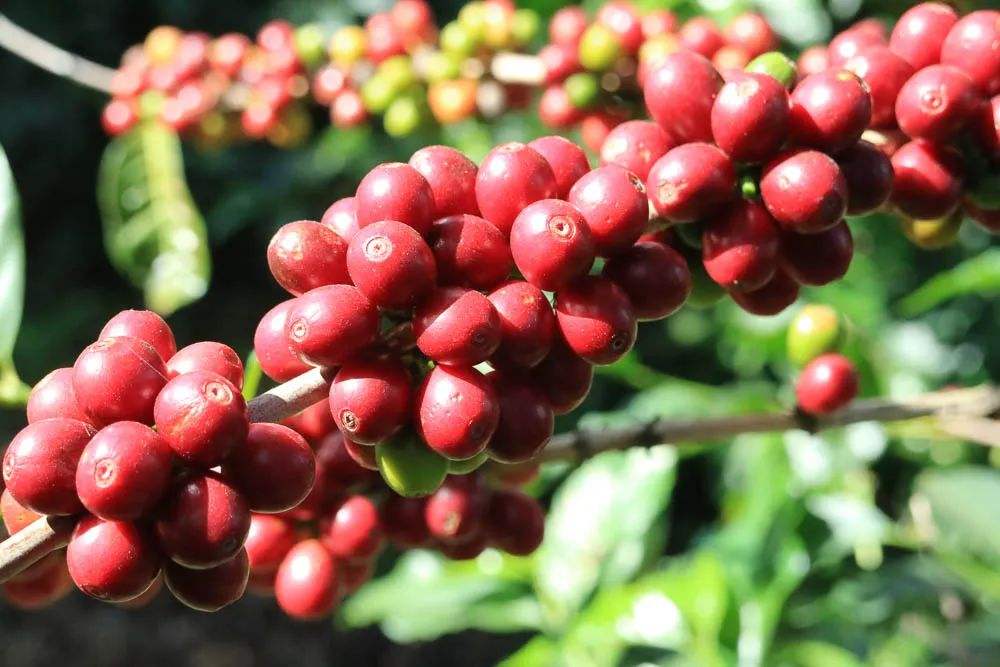
According to the color of coffee fruit, bourbon can be divided into yellow bourbon, red bourbon and pink bourbon. Red bourbon is the most common, coffee fruit ripening process is from green, light yellow, orange, until the mature coffee cherry skin appears red; if the ripe bourbon fruit is yellow, it is yellow bourbon, so is pink bourbon. The coffee beans of the Brazilian Queen's Manor on the front street are yellow bourbon varieties.
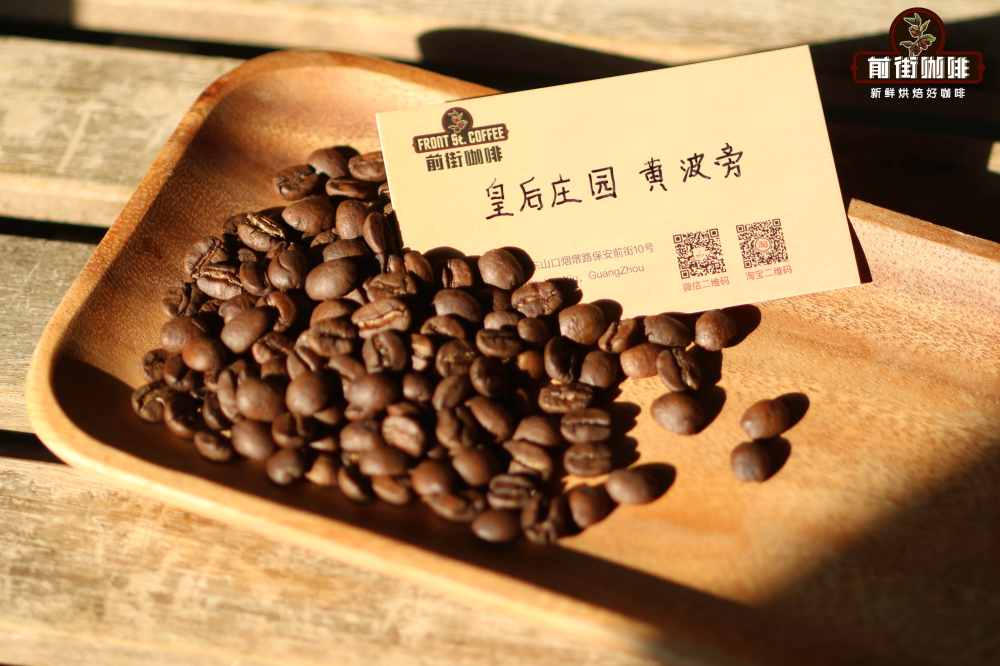
In terms of yield, bourbon is higher than tin pickup, but its resistance to insect pests and strong winds and precipitation is as weak as tin pickup. But this does not hinder Bourbon's excellent cup test performance and is one of the winners in many coffee competitions in Central America.
Common Arabica varieties
Kaddura Catura
As a natural variety of bourbon, it was found in Brazil in 1927 with a small tree.
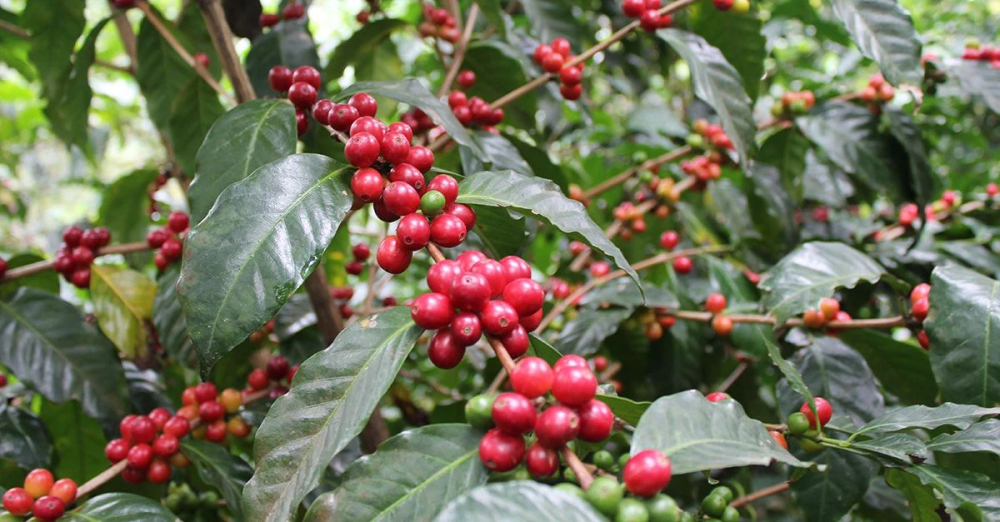
Kaddura has a high yield, can be planted with high density, and can be alive in the sun without shade trees, so he also has a name-"exposed coffee" (Sun Coffee). Kaddura, which is planted intensively, is very close to each other, and the fruit yield per plant is greatly increased, so it is also more popular with growers.
After its discovery, Kaddura was first introduced to Guatemala in the 1940s and then to Costa Rica, Honduras and Panama. Until now, Kaddura is mainly widely cultivated in Central America, and the higher the altitude, the better the flavor. Kaddura species are included in the list of numerous coffees on the front street, such as Flower God in Guatemala, lychee orchid in Honduras, Rose Valley in Colombia and Flower Butterfly in Panama.

New World Mundo Novo
The natural hybrid of Bourbon and Sumatran iron pickup, both from Arabica, was first found in Brazil. High yield, resistance to diseases and insect pests, cup test quality is also good, known as the new hope of the Brazilian coffee industry, named New World. Although it has not made it into the top three in Brazil, it has appeared in the top 20 many times. Brazil planted a lot of plants after 1950, but the biggest disadvantage is that the height of trees is often more than 3 meters, which is not easy to harvest.
Kaduai Catuai
Kaduai was crossed by Kaddura and New World species in 1949, also known as mixed second generation. Inherited Kaddura's genes, low tree shape, easy to harvest, high fruit yield, and solid results, it is not easy to fall when the strong wind blows, and makes up for the weakness of many Arabica.
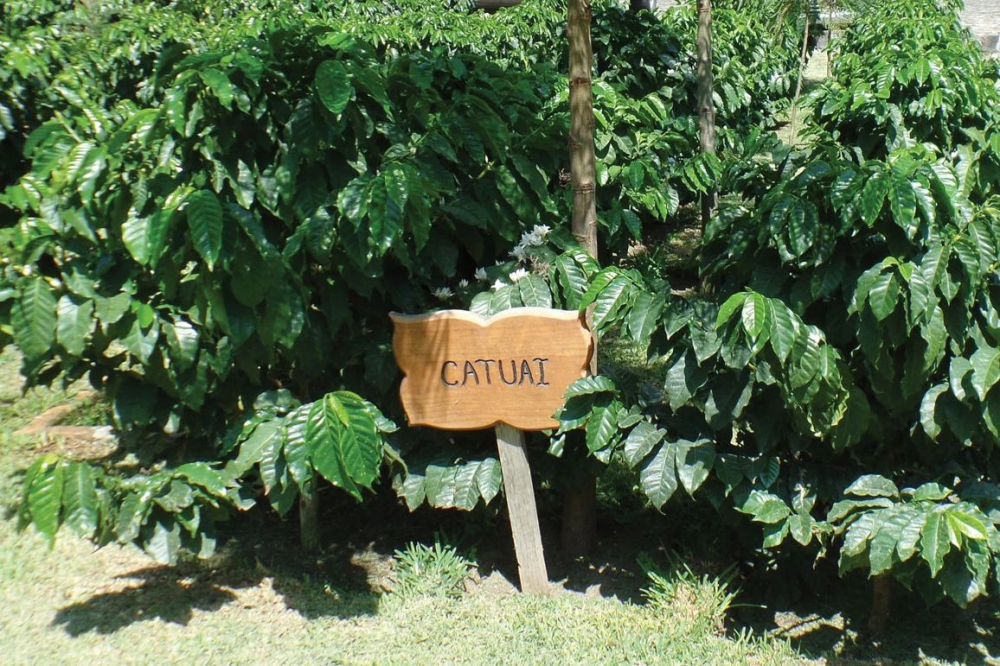
In Central and South America, many producing areas grow Kaddura and Kaduai together, so we can see them in a bag of beans in many coffees at the same time. Kaduai is also divided into red Kaduai and yellow Kaduai according to color development, with bright acidity and clean taste. Kaduai has a good overall flavor richness and performs well in the cup test.
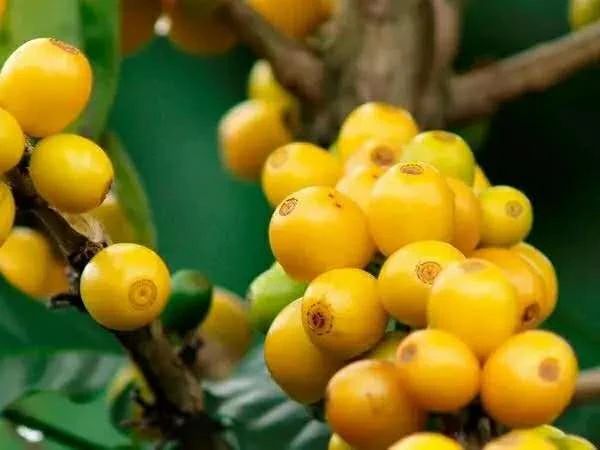
Rose summer Geisha
Wild roses were found in the rose forests of Ethiopia in 1931 and sent to the Coffee Institute in Kenya; they were introduced to Uganda, Tanzania, Costa Rica and other countries until the 1070s when they were officially introduced to Panama. At the initial stage, no one paid attention to the low yield, which was not good for the harvest. It was not until the Emerald Manor was carefully planted that it was sent to the Best Panama Champion in 2004 to win the championship.
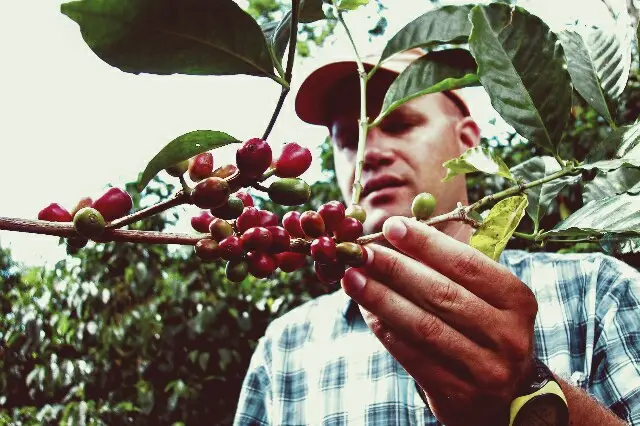
With the improvement of the popularity of Rosa Rosa, many countries have introduced planting, different local climate, the flavor of Rosa has its own characteristics. Rose summer beans have a slender bean shape, pointed at both ends and fat and plump in the middle. High-quality Rosa Coffee is rich in complex and delicate floral aromas, rich and varied fruit tones, smooth and sweet taste like cream. There are six kinds of Rose Summer Coffee in Qianjie Dou list, among which the Red Standard Rose Summer and Green Standard Rose Summer flavor of Jadeite Manor is the most classic.
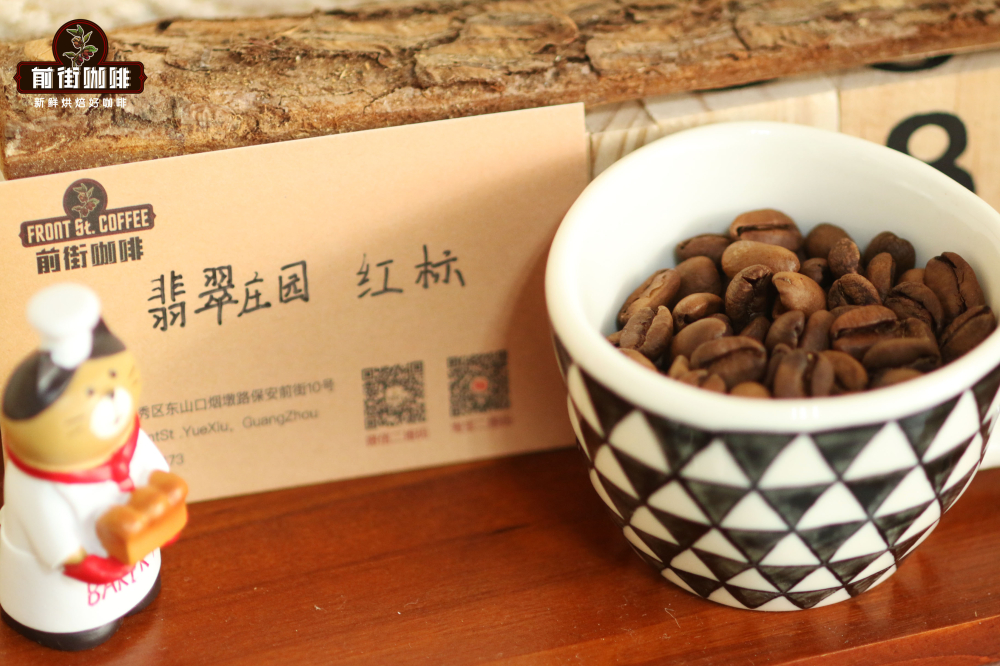
Ethiopian native species Heirloom
Because of the wide variety of coffee in the primeval forest of Ethiopia, the variety of genes is numerous, and it is difficult to identify, and the local government wants to protect these species from disclosure, so these coffee categories are collectively referred to as native species.
Therefore, we see Heirloom native species in many Ethiopian coffees, such as Yega Xuefei Guoding Cooperative coffee beans on the front street, which are local native species, generally with small particles and round shapes, usually between 14 and 15 mesh.

In addition to the above, there are many high quality Arabica varieties in coffee producing areas all over the world, such as Pacas Pacas, Vera Saatchi Villa Sarchi, Pacamara Pacamara, SL28\ SL34. These are what we can generally see in the market.
Why are Arabica coffee beans more popular?
Qianjie also summarizes so many Arabica varieties, each with its own flavor, pleasant acidity and aroma. Compared with the strong robusta beans, Arabica has a low caffeine content of 0.9-1.2%, 60% higher in fat and twice as much sugar as Luodou, so Arabica coffee tastes soft, sweet and sour. With the continuous promotion of boutique coffee culture, people will have more or less requirements for the taste, taste and quality of coffee, so only high-quality Arabica beans are more in line with the current boutique coffee market.
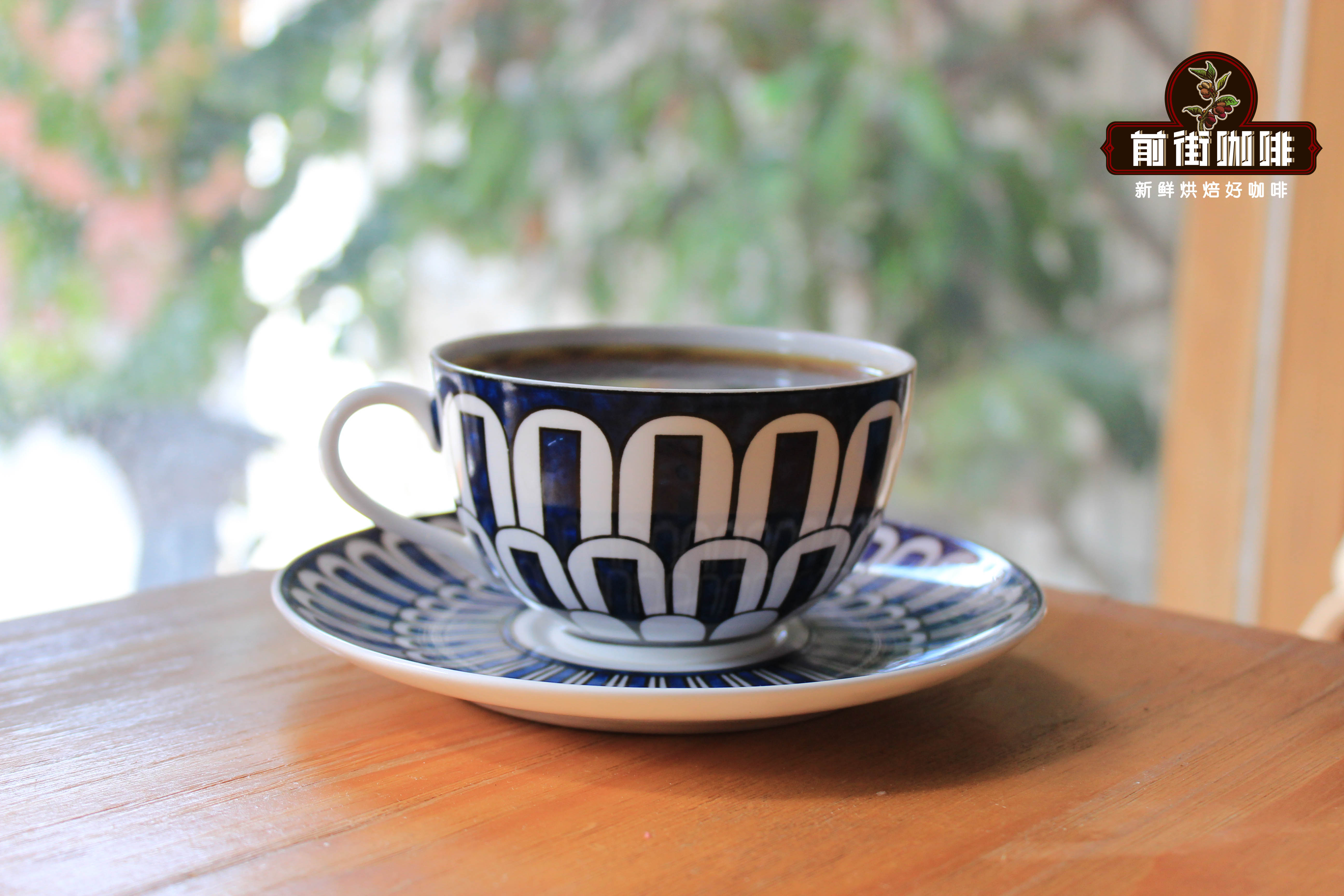
Professional coffee knowledge exchange more coffee bean information please follow the coffee workshop (Wechat official account cafe_style)
For more boutique coffee beans, please add private Qianjie coffee on Wechat. WeChat account: qjcoffeex
Important Notice :
前街咖啡 FrontStreet Coffee has moved to new addredd:
FrontStreet Coffee Address: 315,Donghua East Road,GuangZhou
Tel:020 38364473
- Prev
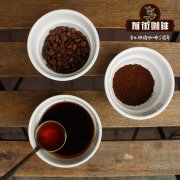
Flavor and characteristics of Ethiopian Coffee produced in Ethiopia
Professional coffee knowledge exchange more coffee bean information please follow the coffee workshop (Wechat official account cafe_style) Ethiopian coffee according to the above four different production methods, Ethiopian coffee can be divided into nine major coffee producing areas, including five boutique coffee areas: Sidamo, Yegashefi, Harald, Lim, Lekampdi, and four general commercial bean producing areas: Jemma and Iruba.
- Next
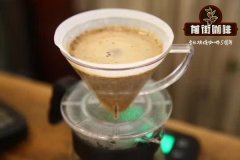
Why does coffee have to be steamed? what's the effect of steaming?
The role of steaming has two main points: first, the use of high-temperature water to promote the emission of carbon dioxide in coffee powder as soon as possible. Because carbon dioxide hinders the process by which water molecules enter the fiber structure of coffee powder and bring out coffee flavor substances. In addition, the release of carbon dioxide will also create some large voids in the powder bed, making the water flow unevenly through the powder bed. Two: let all the coffee
Related
- Beginners will see the "Coffee pull flower" guide!
- What is the difference between ice blog purified milk and ordinary milk coffee?
- Why is the Philippines the largest producer of crops in Liberia?
- For coffee extraction, should the fine powder be retained?
- How does extracted espresso fill pressed powder? How much strength does it take to press the powder?
- How to make jasmine cold extract coffee? Is the jasmine + latte good?
- Will this little toy really make the coffee taste better? How does Lily Drip affect coffee extraction?
- Will the action of slapping the filter cup also affect coffee extraction?
- What's the difference between powder-to-water ratio and powder-to-liquid ratio?
- What is the Ethiopian local species? What does it have to do with Heirloom native species?

